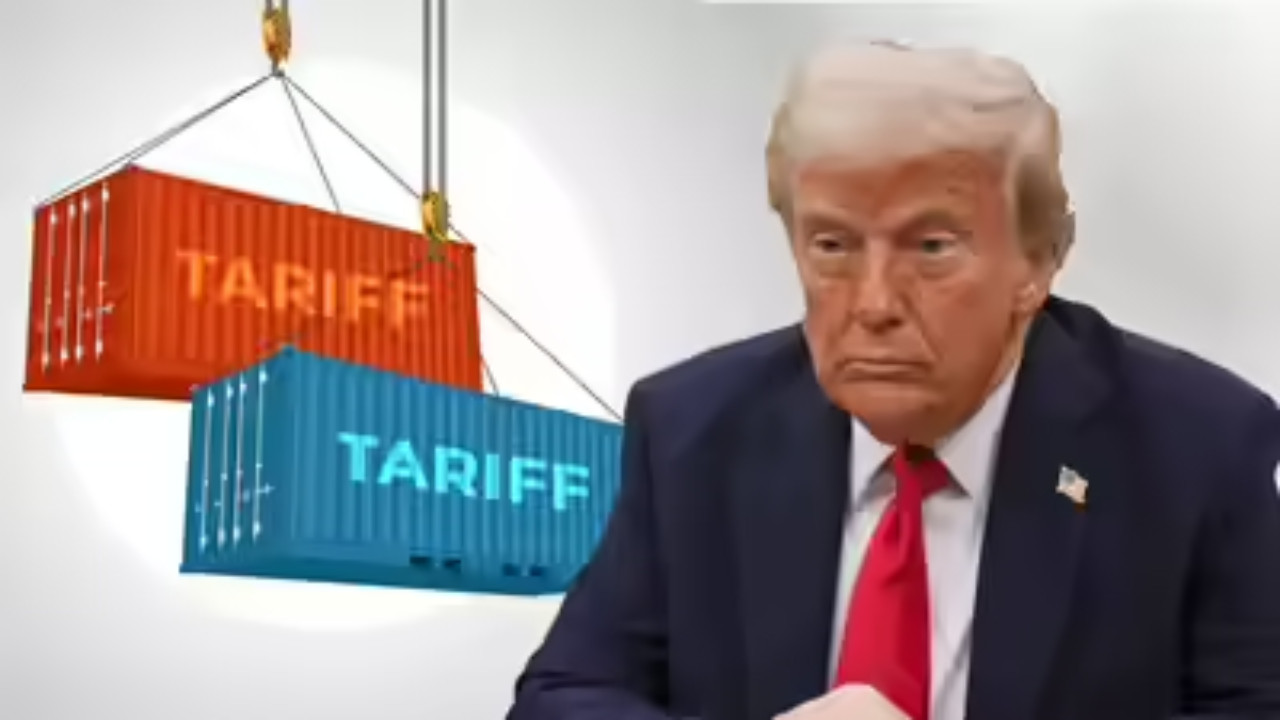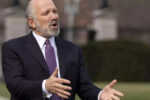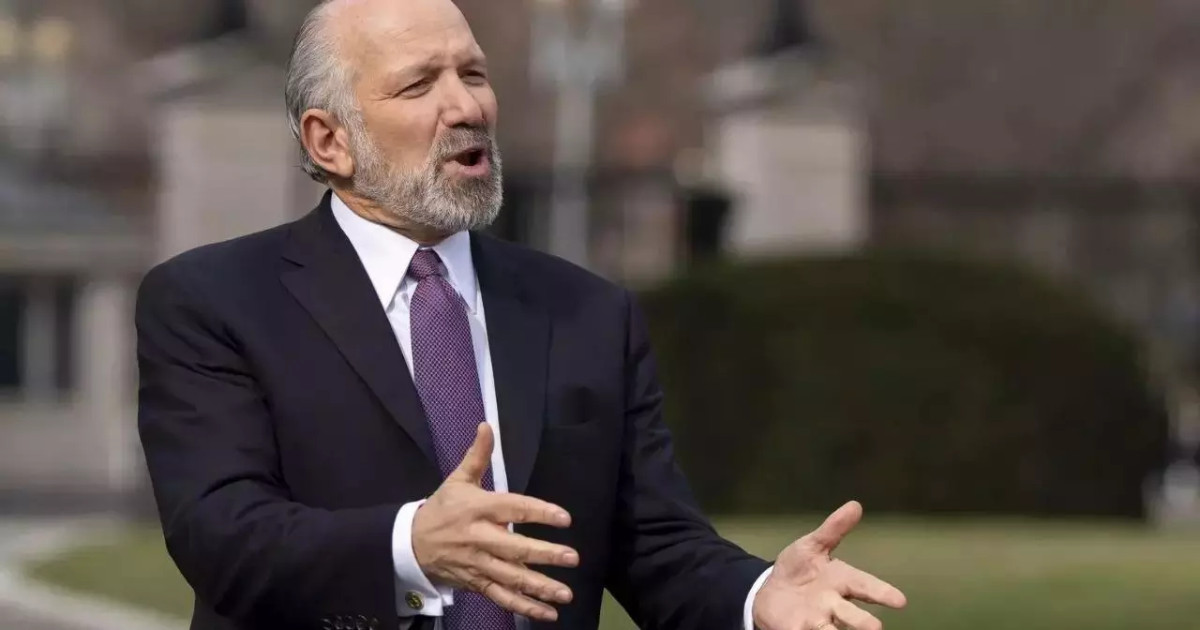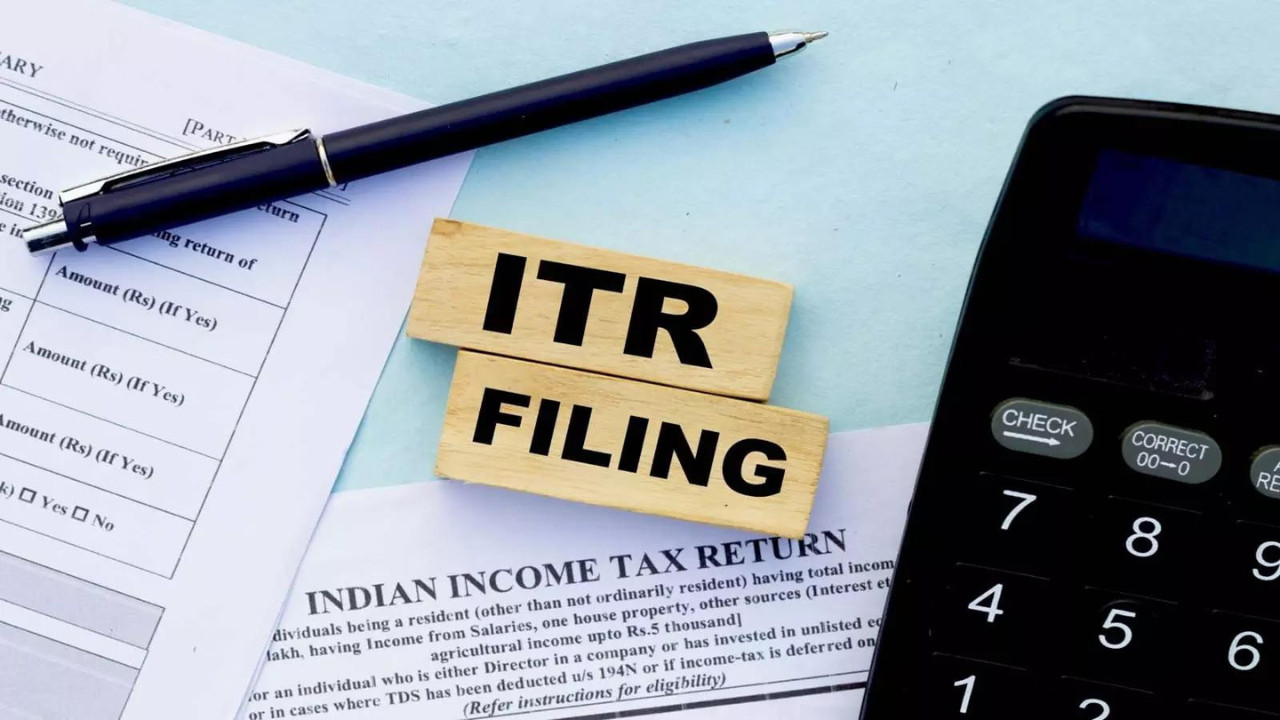The US average tariff rate has surged to 20.1%, marking its highest sustained level since the 1910s, driven by President Trump’s pursuit of “reciprocal” trade. This increase, particularly targeting Chinese goods, reverses decades of trade liberalization. Trump defends the tariffs, citing positive impacts on the stock market and national revenue, while warning against judicial reversals that could trigger economic collapse.
The Price We Pay: Are Rising Tariffs Setting Us Up for a Trade Tumble?
Remember the days when “tariff” was just a word buried in dusty economics textbooks? Those days, it seems, are long gone. A new report paints a stark picture: the average US import duty has surged to a staggering 20.1%, a level unseen since the tumultuous years of the 1910s. That’s not just a statistic; it’s a flashing warning sign about the health of global trade.
What’s driving this dramatic increase? In short, a global shift toward protectionism, amplified by trade disputes and a growing unease with the interconnectedness of the world economy. The numbers don’t lie: across the board, nations are increasingly turning to tariffs as a tool to protect domestic industries, bolster national security, and exert geopolitical leverage.
But at what cost?
Unpacking the Tariff Trend: More Than Just Numbers
This isn’t just about abstract economic theory. These rising tariffs have real-world consequences for businesses and consumers alike. Think about it: when imported goods become more expensive, companies either have to absorb the cost (squeezing their profit margins) or pass it on to the consumer in the form of higher prices. This ripples through the economy, potentially fueling inflation and impacting purchasing power.

And it’s not just about direct price increases. Tariffs can also disrupt global supply chains, forcing companies to scramble for alternative sources of materials and components. This can lead to delays, inefficiencies, and a general sense of uncertainty that stifles investment and innovation. Imagine a small business that relies on specific imported parts to manufacture its products. A sudden tariff hike could be a death knell.
The Global Impact: A Trade Rollback in the Making?
The report raises a critical concern: is this the beginning of a broader rollback in global trade? Both the World Trade Organization (WTO) and the International Monetary Fund (IMF) are sounding the alarm, warning that escalating trade tensions could undermine the multilateral trading system that has underpinned global prosperity for decades.
The beauty of free and fair trade is that it allows countries to specialize in what they do best, creating a more efficient and productive global economy. When tariffs throw sand in the gears of this system, everyone suffers. Less trade means less competition, less innovation, and ultimately, less economic growth. It’s a complex web, but the central message is clear: protectionism comes at a price.
Is the US Tariff Hike a Sustainable Strategy?
The surge in US import duties is particularly noteworthy. While proponents argue that these tariffs are necessary to protect American jobs and industries, critics contend that they are ultimately self-defeating. By raising the cost of imported goods, the US risks hurting its own consumers and businesses, while also provoking retaliatory measures from other countries.
This tit-for-tat approach can quickly spiral into a full-blown trade war, with devastating consequences for all involved. Remember that international trade thrives on predictability and stability. When businesses are constantly worried about the next tariff hike or trade restriction, they are less likely to invest, expand, and create jobs.
You can also check out this article on [supply chain strategies for adapting to tariffs](internal-link).
Navigating the New Trade Landscape: A Call for Smarter Policies
So, what’s the way forward? The answer isn’t simple, but it certainly doesn’t lie in a race to the bottom of protectionism. Instead, policymakers need to focus on creating a more level playing field for international trade, while also addressing legitimate concerns about unfair trade practices and national security.
This requires a delicate balancing act, but it’s essential for preserving the benefits of globalization while mitigating its potential downsides. It also demands a commitment to international cooperation and a willingness to engage in constructive dialogue to resolve trade disputes.
The increase in tariff rates serves as a wake-up call. It highlights the need for a more nuanced and strategic approach to trade policy, one that prioritizes long-term economic growth and stability over short-term political gains. The future of global trade depends on it.







